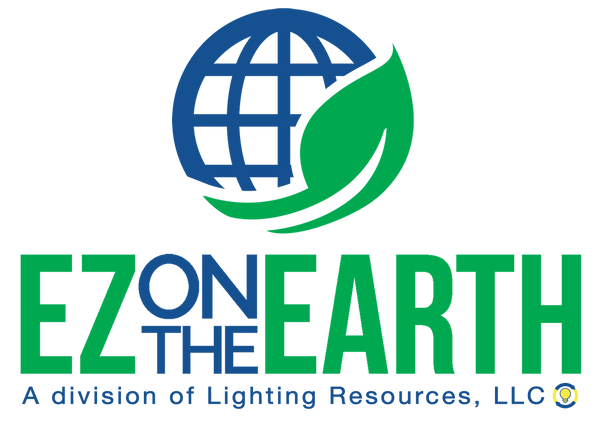Bulk Tritium Exit Sign

Ask about our zero energy non-radioactive LumAware replacement Exit signs!
EXIT signs that glow in the dark often contain a radioactive gas called tritium. These self-powered signs do not require electricity or batteries and can be used where it is hard to install electric signs, such as above doors without access to power. Tritium signs serve an important safety function by marking exits to be used during power outages and emergencies. Due to regulatory requirements, exit signs containing tritium must be disposed of properly because a damaged tritium sign could contaminate the immediate area and require expensive cleanup.
Call 855-EARTH-55 and Ask for a Quote on our Expedited Tritium Exit Sign Recycling Service Requiring No Pre-approval!
EZ on the Earth, a division of Lighting Resources, will manage the approval process and provide you with proper kits for your tritium exit signs. We have the most comprehensive tritium exit sign service available. EZ on the Earth manages the entire process including supplying containers, packaging material, paperwork, notification letters, and prepaid return shipping labels.
EZ on the Earth Tritium Exit Sign Recycling 3-Step Process
1. CALL (855) EARTH-55 AND TELL US HOW MANY TRITIUM SIGNS YOU WANT TO RECYCLE.
Once you tell us how many exit signs you will be recycling, we will send you a quote confirming the price to recycle your exit signs and a worksheet to complete.
Provide information from the label on each tritium exit sign, and we will apply for an approval number for each of your exit signs.
Once we receive an approval number for your exit signs, we will create the recycling kit and provide:
- Detailed instructions on packing and shipping the kit
- Proper packing materials inside the kit
- Copies of the inventory list via email
- NRC notification letters via email
- The recycling kit will be properly labeled and include a prepaid return shipping label
3. PACKAGE AND SHIP YOUR TRITIUM EXIT SIGNS FOR RECYCLING
Carefully package your tritium signs per the included instructions. Once all exit signs are property packaged, seal the container, and call FedEx Ground for pick up. Send the included notification forms to the NRC and your State, and keep the documents for your record.
More on the use of Tritium in Exit Signs
Tritium, also known as 3H or H-3, is a radioactive isotope of hydrogen. In EXIT signs the gas is contained in sealed glass tubes lined with a light-emitting compound. The tritium gives off low-energy beta radiation that causes the lining to glow. This type of radiation cannot penetrate a sheet of paper or clothing. If inhaled, it leaves the body relatively quickly. Tritium gas is odorless, colorless and tasteless, and is lighter than air.
Do my exit signs contain Tritium?
There are a couple of ways to know whether an EXIT sign contains tritium. When the lights are off, tritium will make the word EXIT glow green or red. The exit sign should also have a permanent warning label that mentions tritium, 3H or H-3; displays the three-bladed radiation warning symbol; and states “Caution-Radioactive Materials.” If all four letters in EXIT are fully lit, the sign is working properly. If not, the sign may be damaged or have reached the end of its working life.
Many types of facilities across the United States use tritium EXIT signs, including public and private office buildings, theaters, stores, schools, and churches. The NRC estimates there are more than 2 million tritium EXIT signs in use in the United States.
Regulatory Requirements for Tritium Exit Signs
Manufacturers and distributors of tritium EXIT signs are “specific licensees,” meaning they must apply for and receive a radioactive materials license from the NRC or an Agreement State. Facilities that use tritium EXIT signs are considered “general licensees”, meaning they do not need a specific license to use the signs. The signs, considered “generally licensed devices”, are designed to be inherently safe so they can be used without the need for radiation training.
However, tritium exit signs are still subject to certain regulatory requirements. Most important is the requirement for proper disposal, because a damaged sign could contaminate the immediate area and require expensive cleanup. Manufacturers and distributors must notify purchasers of the requirements for generally licensed devices. The general licensee must put one person in charge of meeting those requirements. The general licensee must also report any changes affecting a device or the person responsible for it. General licensees may be inspected by the NRC or an Agreement State and may face penalties for violating the regulations.


